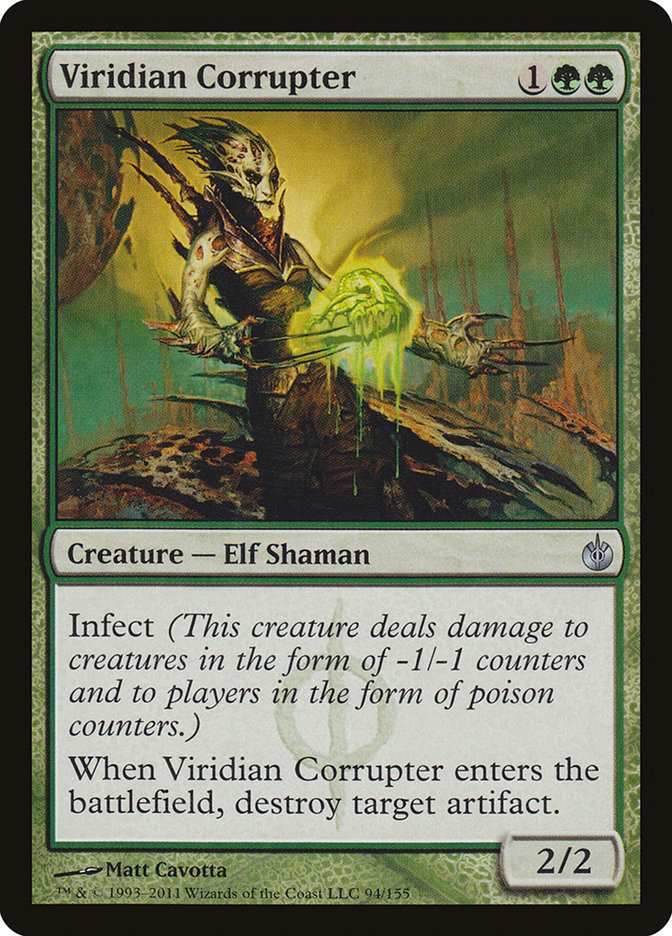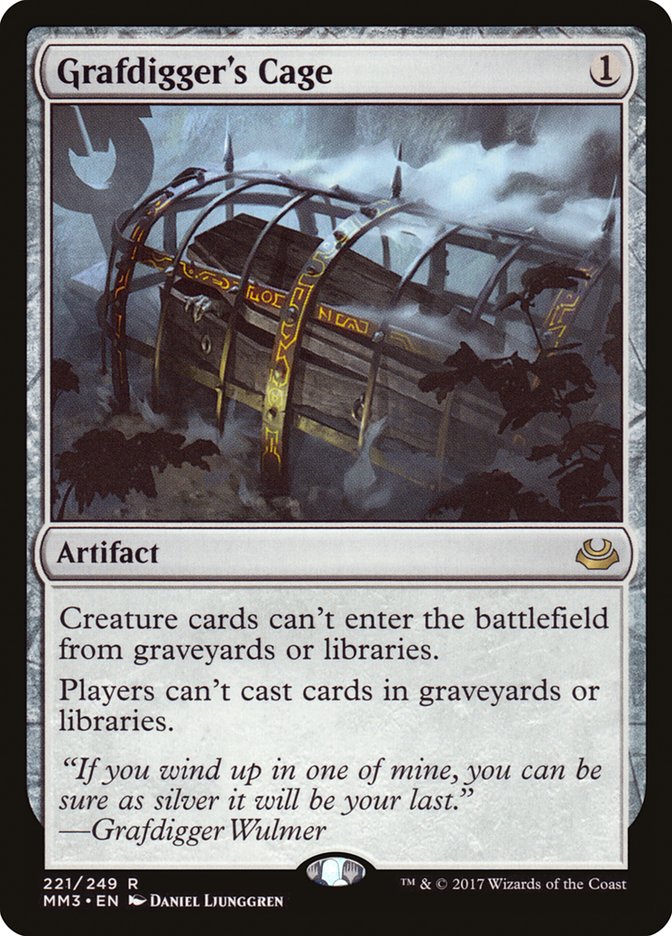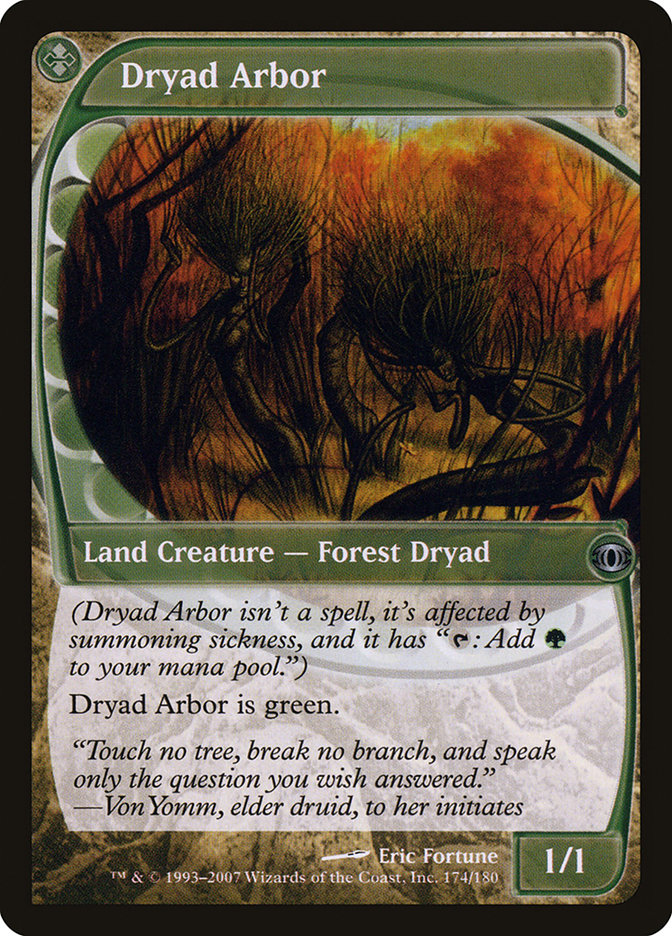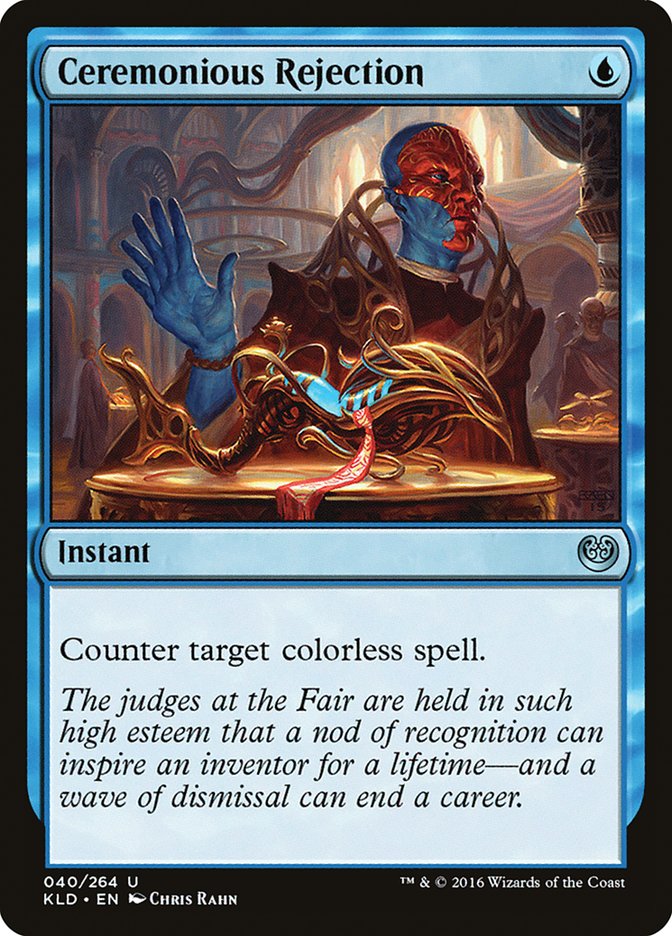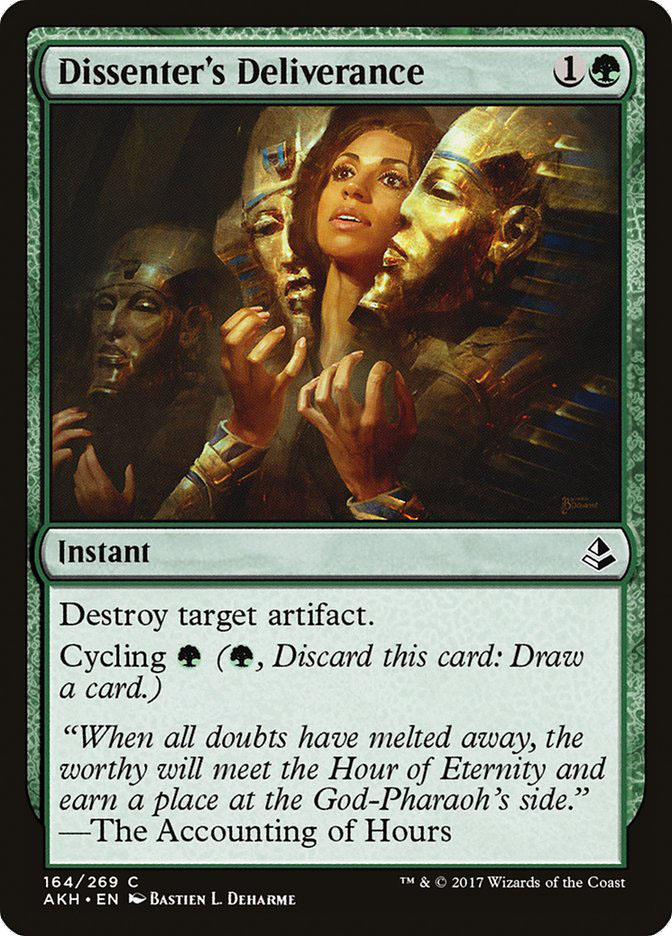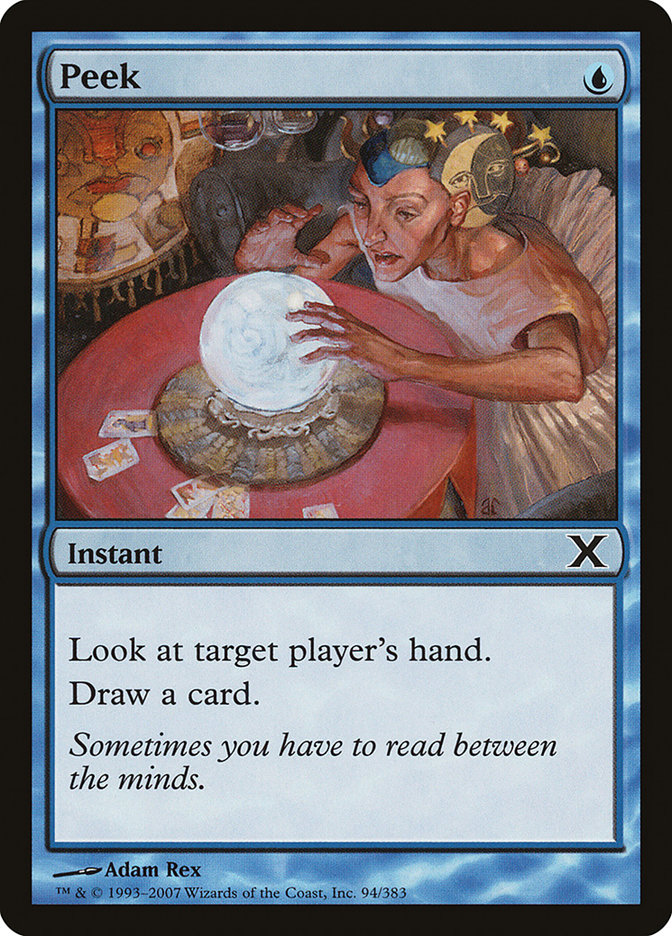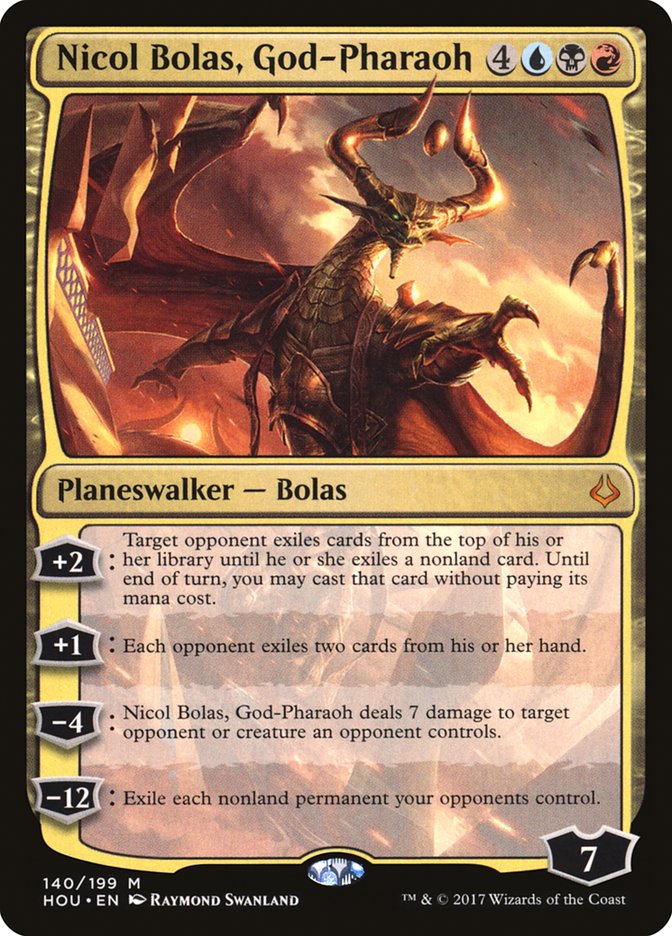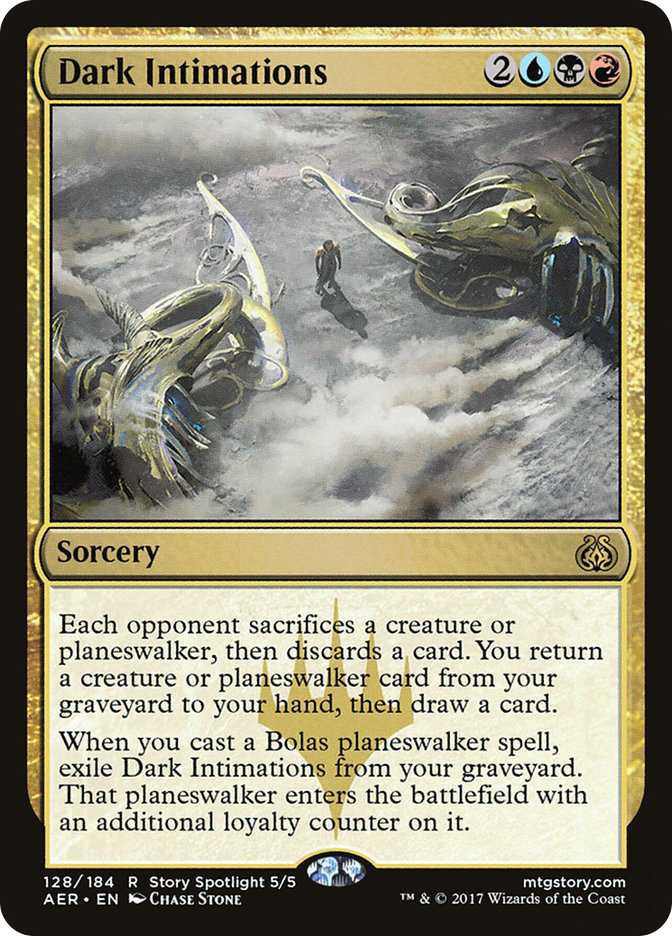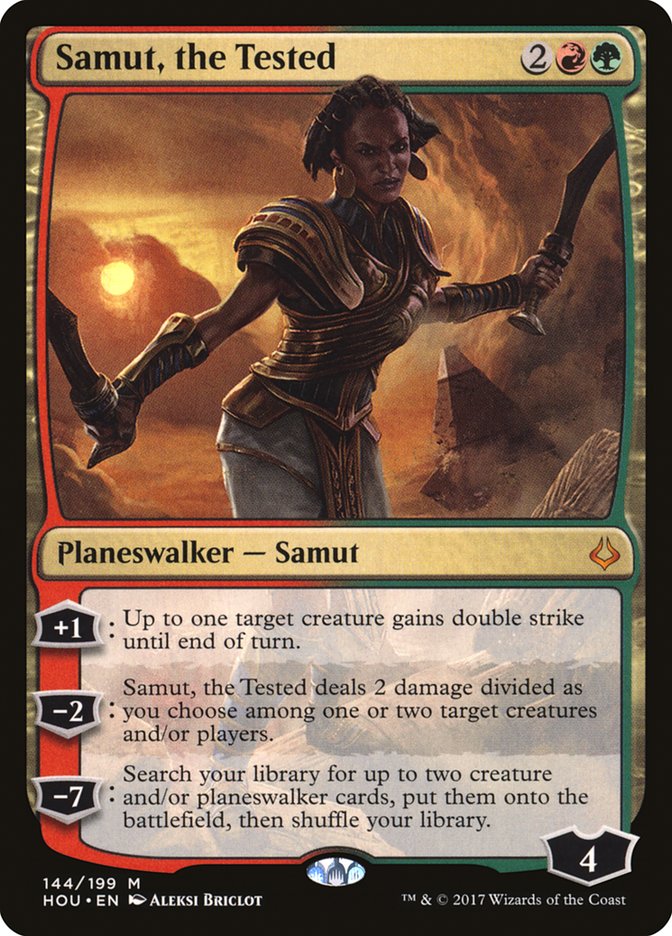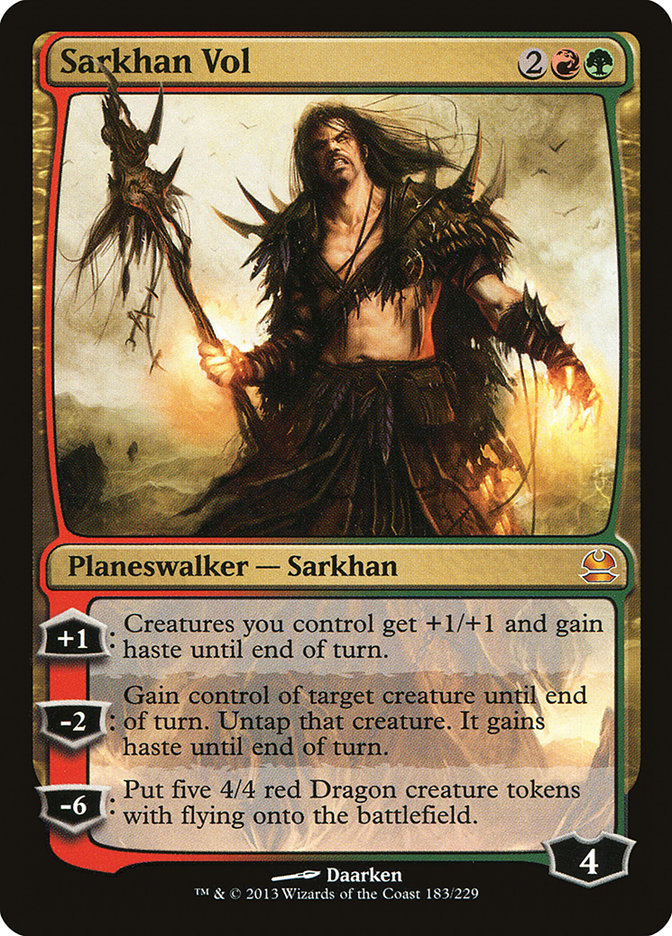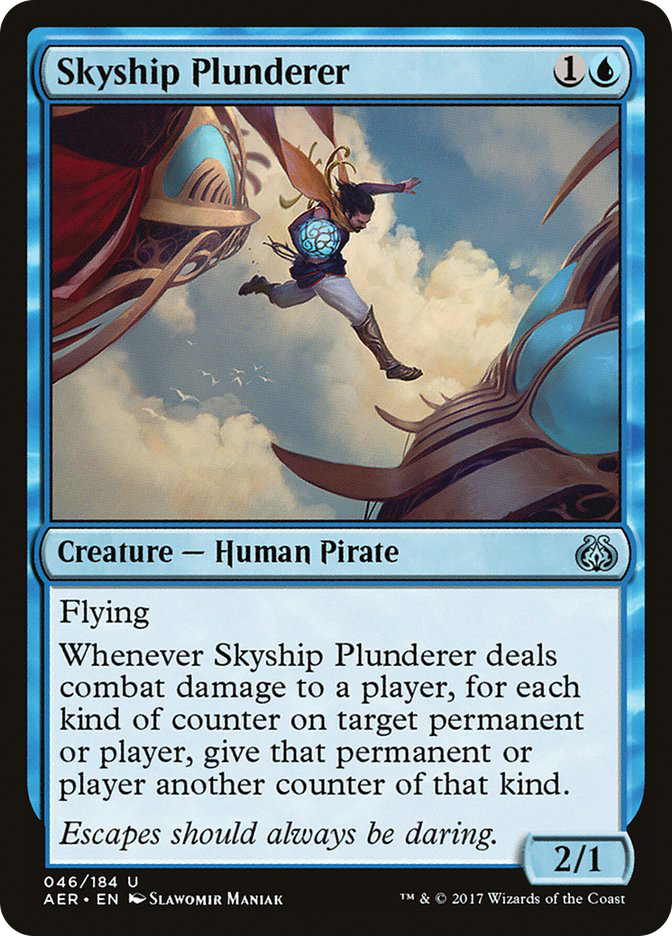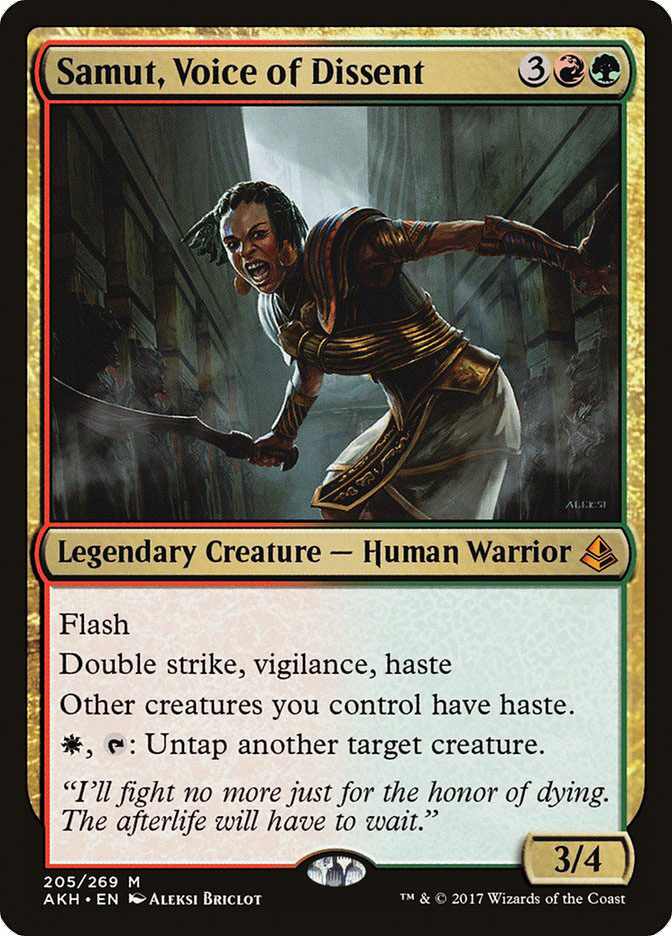I was undecided until the last possible moment what to play at last weekend’s SCG Tour stop in Baltimore. I knew that Counters Company would be popular, as would various Death’s Shadow builds. I had a G/W Tron deck, an 8-Rack deck, a Dredge deck, and an Infect deck all assembled and ready to go.
Only one reasonable way to decide.
Twitter.
What should I play at #SCGBALT?
— Tom Ross (@Boss_MTG) May 27, 2017
I didn’t want to deviate too much from what worked last time.
Creatures (12)
Lands (20)
Spells (28)

A minimum of blue spells allowed for consistently explosive draws. I switched the now-illegal Gitaxian Probes for random green cards and gave it a spin.
A 4-1 in an MTGO League to knock off some cobwebs and I was back in business.
Eldrazi Tron seemed tough and I didn’t face any Death’s Shadow opponents. While I had no delusion that Infect is favored against variants of Death’s Shadow, I was confident in one thing: Infect beats the decks that beat Death’s Shadow.
Now, I didn’t know what those decks were. Maybe Scapeshift, maybe Ad Nauseam, maybe Dredge. Anything that tries to ignore the opponent’s battlefield to do something combo-related is something that Infect likes to face. Infect tends to combo a half-turn faster if undisrupted.
Infect has always been pretty good at “taking out the trash.” If an opponent is trying to be too cute, Infect shows up with an evasive turn 3 attack for ten.
Being a dog to the near-consensus best deck in the format in Death’s Shadow was concerning. The silver lining was that Infect always has a puncher’s chance of drawing super-well to beat anything. The elusive turn 2 win still gets some games.
And so I had to build the physical deck I’d register for the Modern Open in Baltimore. Over the course of four hours staring at various builds, all of these cards made their way into the maindeck in some numbers:
I knew Twisted Image would be great against Counters Company and that I needed to make significant changes to beat Eldrazi Tron with regularity. Piracy Charm was a fine hedge as a pump spell and removal against the one-toughness-filled Collected Company decks.
What I played in Baltimore:
Creatures (14)
Lands (21)
Spells (25)

At the end of many, many frantic shifts of deck builds, I ended up with a very blue-light build of Infect not unlike the version from Milwaukee last year. I wanted to see what it’d be like to be entirely proactive. No counterspells of any kind anywhere.
Viridian Corrupter felt like a reasonable creature to include. If it’s great, it’s really great. If it doesn’t have any artifact targets, then Viridian Corrupter is at least castable. The second toughness helps against random -1/-1 things like Zealous Persecution or Night of Souls’ Betrayal. All in all, Viridian Corrupter felt like a safe play.
Those Viridian Corrupters made Rancor look better. I figured once a wrench had been thrown into the gears of Counters Company’s combo, then the game would involve a bunch of ground creatures staring at each other. Distortion Strike mostly does the trick, but at the cost of sometimes having to fetch up Breeding Pool instead of Forest. At the time, the Rancors and Viridian Corrupters felt clean and fairly useful. Turns out they weren’t good enough to warrant their slots.
I loaded up on Grafdigger’s Cage due to the buzz of Dredge’s comeback. While Dredge did show up in significant numbers, I missed having Relic of Progenitus as a tool against decks that only somewhat use their graveyard (read: Death’s Shadow). Anything with Tarmogoyf, Snapcaster Mage, or Eternal Witness falls into the camp of “annoyed to play against Relic.” Annoyance leads to chip shots with infect creatures. Enough annoyance leads to tilt. Tilt leads to wins.
I came loaded to not lose against Chalice of the Void. Even though I didn’t face artifacts in Baltimore, those Dissenter’s Deliverances in the sideboard were fine “blank” cards as well as hedge cards against random artifacts that the opponent could sideboard in. Post-sideboarding, pump spells become weaker and often Dismember is dead. Gotta replace them with something.
The second Dryad Arbor was supposed to “get” the Death’s Shadow players that liberally use their life total as a resource. The path was supposed to look clear once the first Dryad Arbor had been exposed and dealt with.
I usually win a game or two in any given tournament with Infect through regular combat damage. The build I played in Baltimore had an extra creature to do so, as well as a Wild Defiance to further that plan. All of my game wins were from infect damage, none from regular.
Turns out that cutting Spell Pierce when Stubborn Denial was so good all weekend was a mistake. I also played against zero artifacts all tournament and those Viridian Corrupters were really bad. Those slots would’ve been better off as maindeck Dissenter’s Deliverances.
What I should’ve played:
Creatures (12)
Lands (21)
Spells (27)

No Kitchen Finks or second Dryad Arbor in the sideboard. I lost to Burn and Death’s Shadow three times anyway. Each time I sideboarded in four Kitchen Finks, it’d come at the cost of a pump spell. I lost a bit of speed to react to my opponent’s deck. The truth is, the switch-off isn’t a big enough upgrade, if even an upgrade at all.
A combination of Ceremonious Rejection and Dissenter’s Deliverance looks the best to me to fight Thought-Knot Seer and friends as well as Chalice of the Void. They also have utility against Affinity, “regular Tron,” and other Eldrazi decks too, like Bant Eldrazi or the Grand Prix Kobe-winning B/W Eldrazi and Taxes deck.
For those wondering: I’m mostly convinced that Ceremonious Rejection and Dissenter’s Deliverance will largely replace Nature’s Claim and Viridian Corrupter. This leaves the deck kold to Night of Souls’ Betrayal and other fringe cards. Hopefully Spell Pierce and general deck speed will be enough to sidestep those problems.
Soul reads only go so far. The loss of Gitaxian Probe has devastated Infect far more than Death’s Shadow or Storm. Those decks were fueling their graveyard and spell count, while Infect needed it to also know if the coast was clear. Become Immense has always been good to have, but never necessary for Infect for function. Information has always been important. Currently the Peeks are in the sideboard for when you have to play more of a guessing game of what the opponent could have access to.
Moving forward, this is the list I’d recommend going into the next SCGTour stop in Charlotte, NC next weekend. It’s not really “trying” to beat Death’s Shadow, but relying on its maindeck high-percentage draws to sometimes win, leaving sideboard slots for the rest of the field.
Infect does really play great against anything that’s not Burn, Death’s Shadow, or Zoo-ish things. I’ll be tweaking various builds until #SCGCHAR, but my gut says that Infect is a metagame call that preys on other combo or decks filled with “Shadow Killers.” If those decks even really exist.
An Analysis of Nicol Bolas, God-Pharaoh
The expected Nicol Bolas. Expensive. Powerful.
Yep, expected.
Why expected? Because of a bevy of hints, first being a medium-power Grixis Control card from Aether Revolt.
Okay. So now we finally have access to the wombo-combo. Now what?
Well, adding one loyalty isn’t as useful as we would’ve hoped. I thought Dark Intimations would bring the mystery Nicol Bolas a reasonable step closer towards ultimate, and maybe even ultimate on the turn you cast him if you have enough Dark Intimations copies. Turns out, even with four in the graveyard, you still have to wait a turn to ultimate!
And is the -4 even that much better than the -12? The easiest answer is “yes, but no if they’re at seven or less.” The real question is how often the -12 will win you the game where the -4 (or multiple -4s at that) won’t win you the game.
Is Nicol Bolas, God-Pharaoh playable without Dark Intimations? I imagine so. It’s cheaper and arguably stronger than Nicol Bolas, Planeswalker, which is a favorite in Cubes and a spicy choice in Legacy Eureka-Tell decks. I’d like to see how Oath of Nissa affects the first-glance playability of Nicol Bolas, God-Pharaoh.
Until then, the Grixis shell with a few Dark Intimations to feel things out seems like a fine Day 0 place to start.
Creatures (5)
Planeswalkers (3)
Lands (27)
Spells (25)

Samut, the Tested
Hits hard and enables attacks with the +1. Protects itself with a Forked Bolt in its -2. An ultimate that’s useful if you design your deck with it in mind. I’m sure getting a couple of Glorybringers is good and all. I’m sure you want a little more than that.
Samut, the Tested reminds me of Sarkhan Vol. A +1 that buffs a creature. An interactive -2 that doesn’t guarantee protection. A -7 that should win but might not.
I got a lot of play out of Sarkhan Vol in Standard and Block Constructed Naya decks and am looking forward to trying to eke out every inch of value from Samut, the Tested. It will just take the right shell to make use from Samut, the Tested and not just jam it into any ol’ deck as just another good planeswalker.
Fortunately, my Magic Online Community Cup teammate Björn Andreasson might’ve broken it.
Turn 1: ???
Turn 2: Skyship Plunderer
Turn 3: ???
Turn 4: Samut, the Tested. Double-strike the Skyship Plunderer and add two counters to Samut, up to seven loyalty.
Turn 5: Ultimate.
That should probably be enough.



